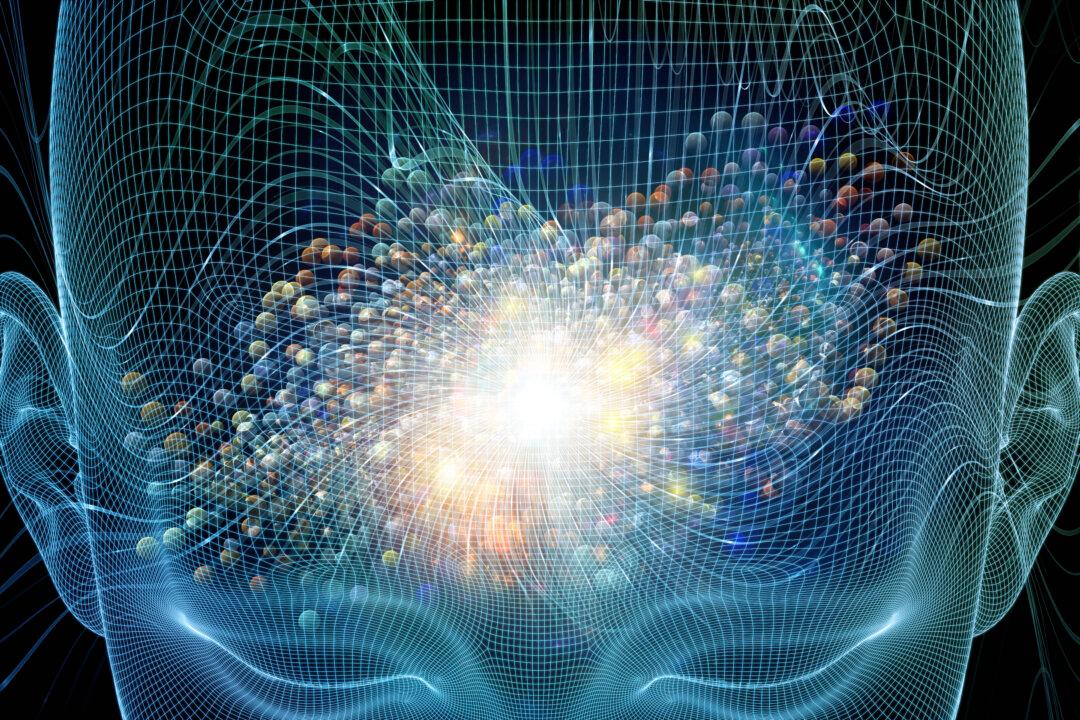The alarm sounds at 6:30 a.m. You groggily turn it off. Maybe you faintly recall a dream for a minute or two. You then quickly jump out of bed and hop in the shower to prepare yourself for a day of work, school, and/or tending to the family.
From this point until you return to a state of quietness at night, you are likely to predominantly spend your day in the brainwave state known as “Beta.”
This state correlates with the frequency range between 12 and 30 hertz (Hz). Generally speaking, when people are in this state, they are experiencing varying degrees of being alert, engaged, and having focused mental activity.
At the lower end (12–15 Hz), one’s mood could be described as slightly brooding or idling. You’re stuck in traffic or casually surfing the Web.
At the mid-range of Beta (16–22 Hz), one could be characterized as being strongly engaged. You’re actively analyzing a problem and searching for a solution, for example.
The upper range of Beta (23–30 Hz) correlates with highly complex thought, the integration of new experiences, and excitement. The problem is intricate and requires your creativity.



